what is mould?
mould is a type of fungus
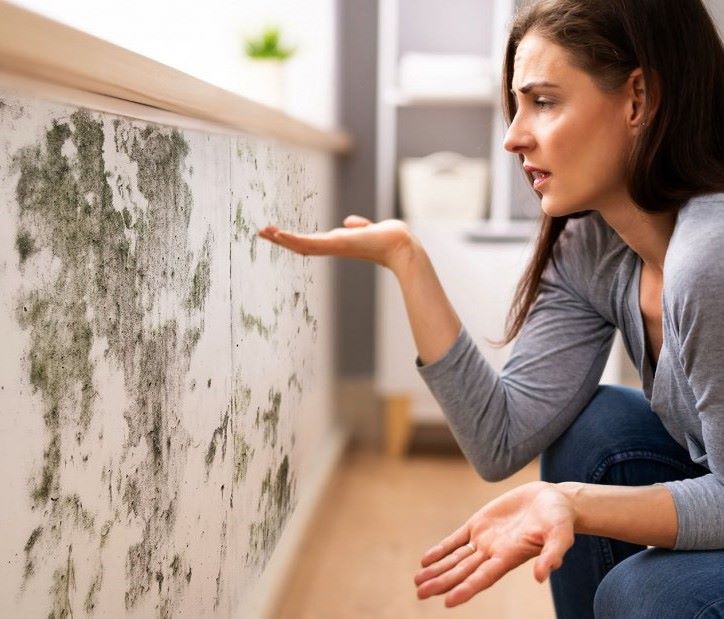
Mould thrives in damp and humid environments. While it plays a crucial role in breaking down organic matter in nature, indoor mould can pose serious problems.
What Does Mould Look Like?
Mould often manifests as black, green, white, or even orange patches on walls, ceilings, furniture, and other surfaces.
It can also have a fuzzy, slimy, or powdery texture, depending on the type and where it’s growing.
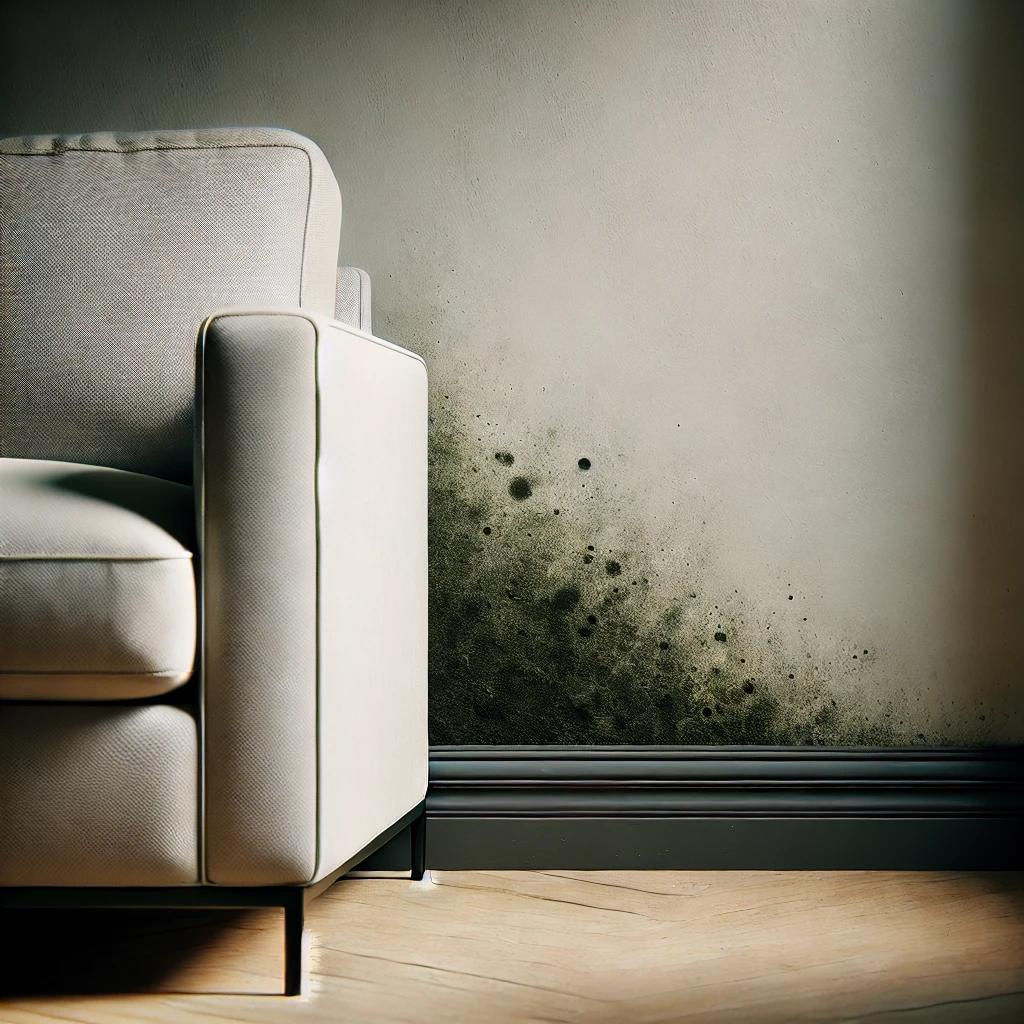
How Does Mould Form?
Mould spores are ubiquitous – meaning they are present everywhere, but they only become active when they land on moist surfaces. Common causes of indoor mould growth include:
- Condensation: Poor ventilation and temperature imbalances.
- Leaking Pipes or Roofs: Persistent water leaks provide ideal conditions.
- Flooding or Water Damage: Creates a perfect breeding ground if not dried out properly.
- High Humidity: Often in bathrooms, kitchens, and basements.
Why is Mould Dangerous?
Mould isn’t just unsightly; it can be harmful to both your health and property:
- Health Risks: Exposure to mould spores can cause respiratory problems, allergies, skin irritation, and worsen asthma. Certain types of mould, like Stachybotrys (commonly called “black mould”), release mycotoxins that are particularly hazardous.
- Structural Damage: Mould can weaken walls, ceilings, and other structures, leading to costly repairs if not addressed promptly.
How to Spot Mould in Your Home
Signs of mould include:
- Musty or damp smells.
- Discoloration or stains on walls and ceilings.
- Peeling wallpaper or bubbling paint.
- Increased allergy symptoms when indoors.
If mould is already a problem in your home, it’s essential to act quickly.
At Mould Can Kill, we specialize in identifying and eliminating mould while addressing the root causes to ensure it doesn’t return.
Let us help you breathe easier and protect your home.
To grow, mould requires three key factors:
Moisture
High humidity levels and condensation help mould to grow
Food
Mould consumes organic matter like dust, wood and plasterboard
Heat
The ideal temperature for mould to grow is 20–30°C (68–86°F), however it can live at most temperatures
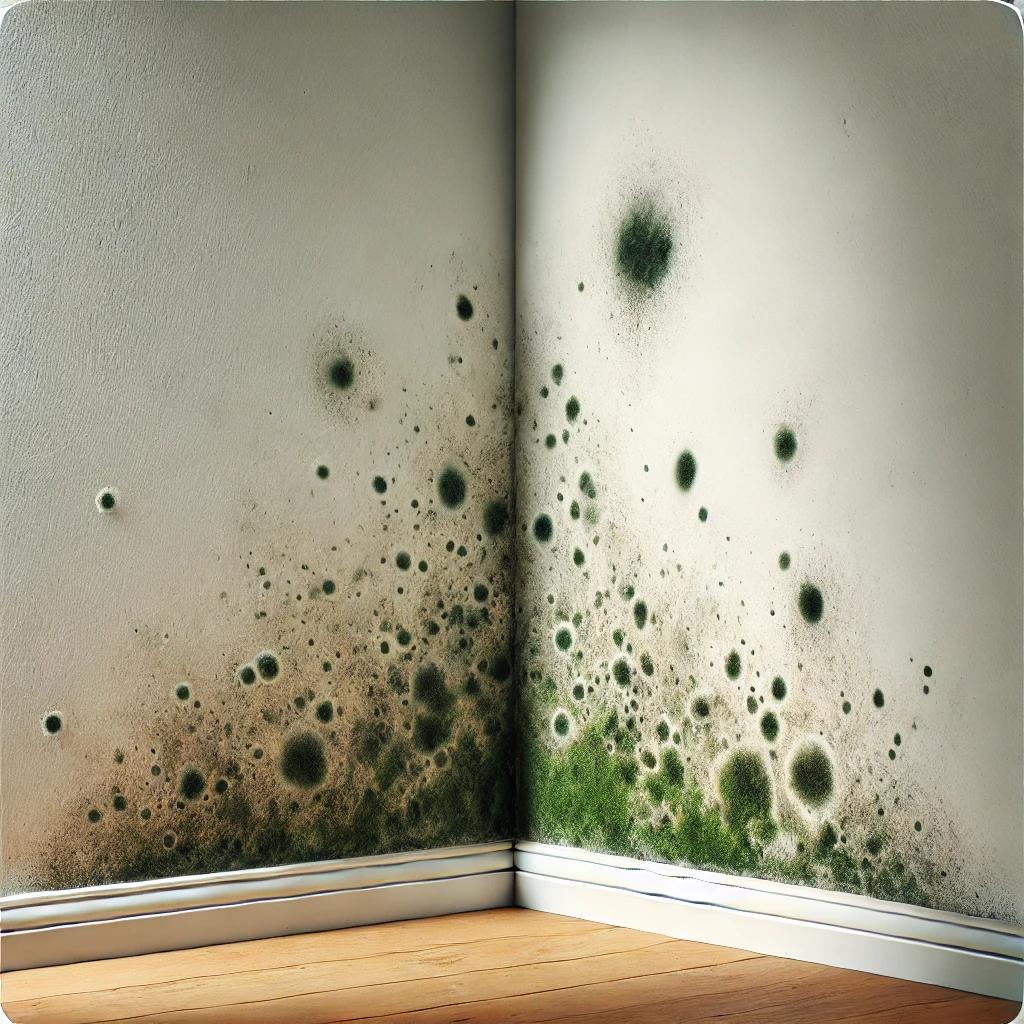
The Science of Mould Growth
Mould grows by releasing spores into the air, which can land on surfaces and grow when conditions are right.
These spores are incredibly resilient and can remain dormant for extended periods, waiting for moisture and warmth to activate them.
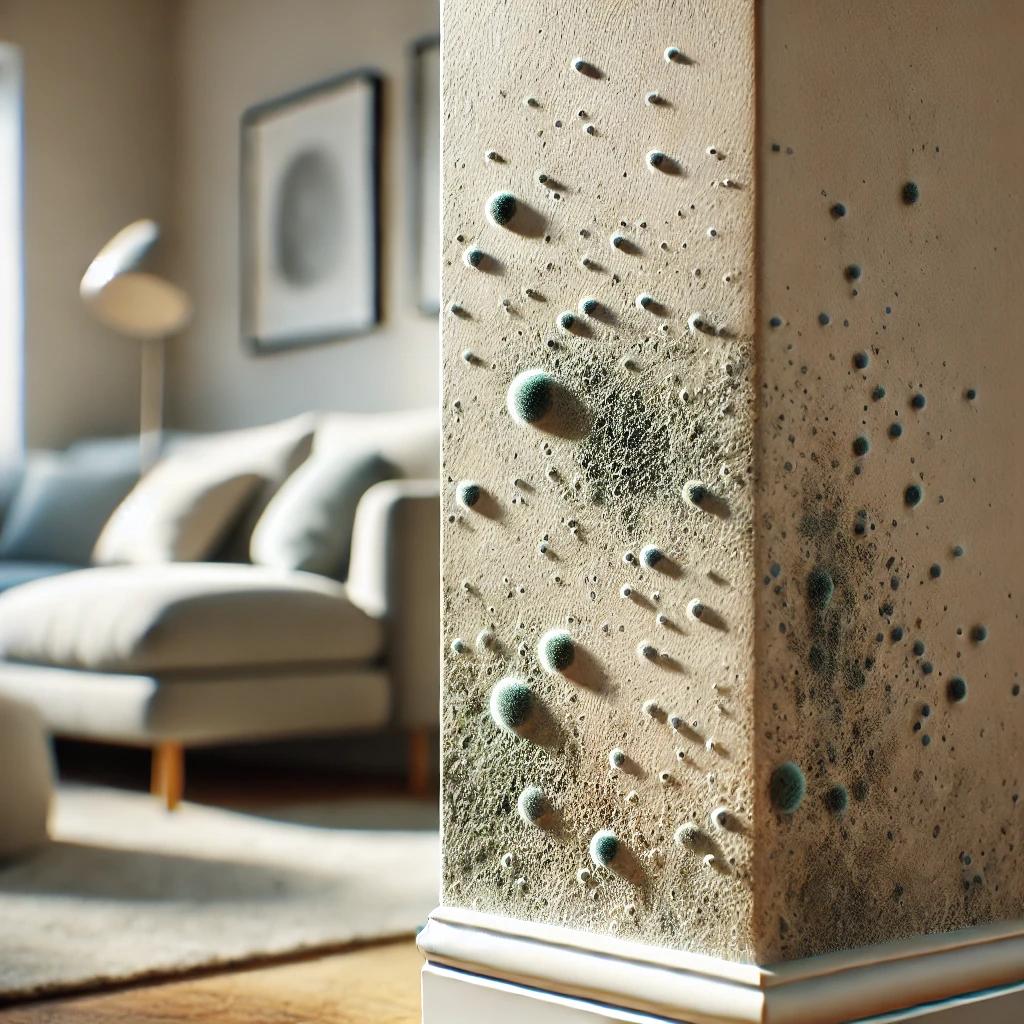
A Closer Look at Mould
Mould is a type of fungi that grows in the form of multicellular filaments called hyphae.
Unlike plants, mould does not produce its own food through photosynthesis. Instead, it thrives by breaking down organic materials such as wood, paper, fabric, or even dust using enzymes.
This makes mould nature’s recycler, but it’s also why it can be so destructive in our homes.
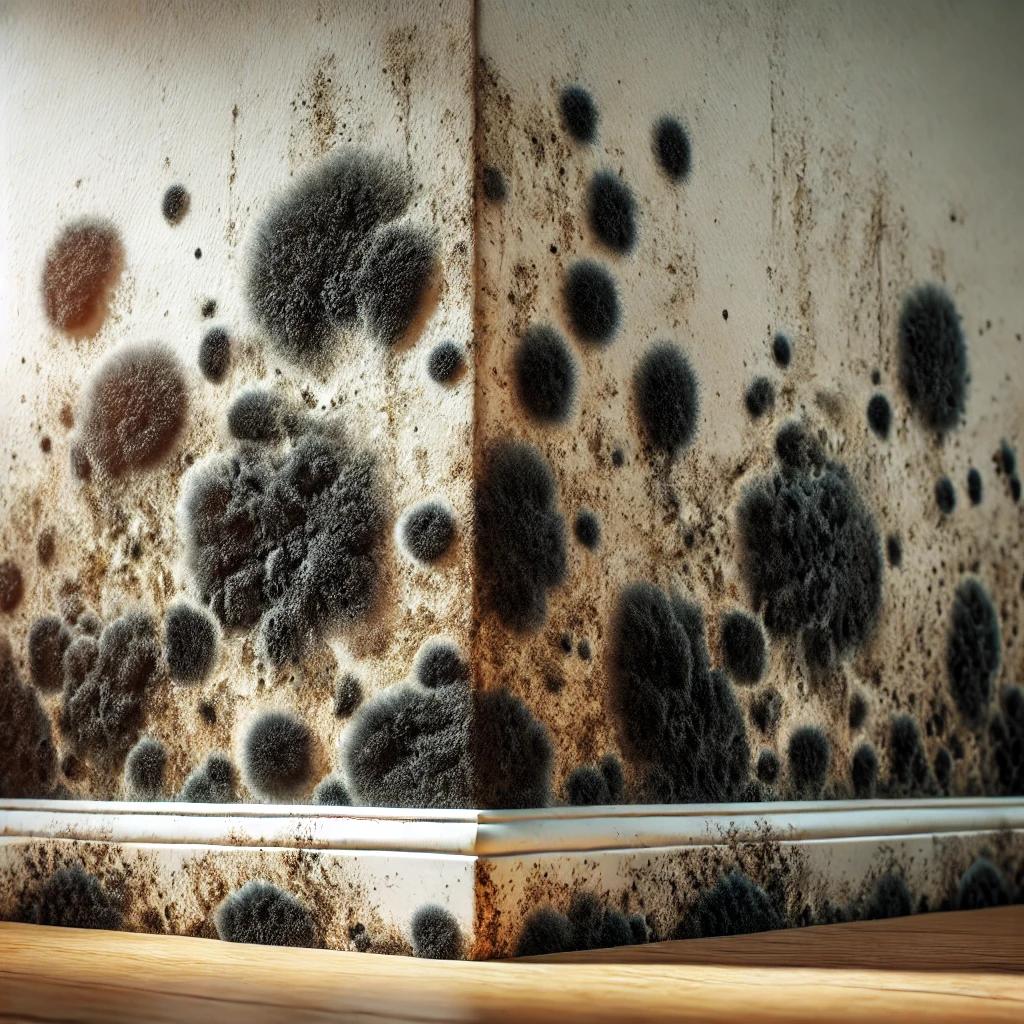
common Types of Mould Found Indoors
- Cladosporium: Often found on wood, carpets, or fabrics, it can grow in both warm and cool areas.
- Penicillium: Common on water-damaged materials; it spreads quickly and has a fuzzy appearance.
- Aspergillus: Found in damp walls, basements, and insulation materials, it can cause allergic reactions.
- Stachybotrys (Black Mould): A toxic mould often found on cellulose materials like drywall or paper after prolonged water damage.
- Alternaria: Frequently grows in showers, under sinks, and in poorly ventilated areas.
- Fusarium: Found on damp carpets or wallpaper and can grow in cooler temperatures.
